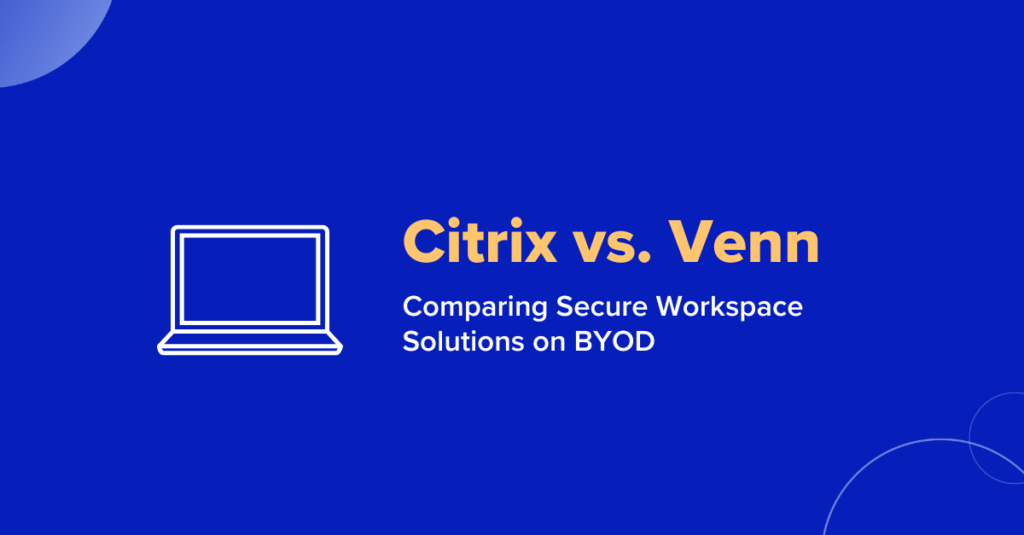Citrix Exploits Are More Than Just Flaws – They’re Symptoms of Fragile Infrastructure

Infrastructure in Crisis
When Citrix discloses a zero-day attack – or worse, is already being exploited before the patch is released – today’s cybersecurity teams face more than a reactive scramble. The newly revealed CVE‑2025‑7775 is actively being exploited. But this isn’t just about yet another software flaw – it’s a stark indicator that our infrastructure remains fragile by design.
The Anatomy of the Latest Threat
- CVE‑2025‑7775: The Urgent Threat
- Severity: CVSS 9.2 – critical.
- Nature: Memory overflow leading to unauthenticated remote code execution
- Exploitation confirmed: Citrix has observed live exploitation on unpatched systems
- Scope: Over 28,200 vulnerable Citrix NetScaler instances detected worldwide – particularly in the U.S., Germany, U.K., Netherlands, Switzerland, Australia, Canada, and France.
- CVE‑2025‑7776 & CVE‑2025‑8424: Complicating the Picture
- CVE‑2025‑7776: Another memory overflow vulnerability (CVSS 8.8) that can result in unpredictable behavior.
- CVE‑2025‑8424: An improper access control flaw in the NetScaler management interface (CVSS 8.7)—exploitable when management IPs are exposed.
- Collective risk: All three flaws are patched in the same set of updates. Without patching, organizations are exposed not only to direct exploitation but also to potential attacks.
Systemic Fragility of Infrastructure: More Than Layers to Patch
This isn’t the first time Citrix infrastructure has buckled under repeated exploitation:
- CitrixBleed (CVE‑2023‑4966) and CitrixBleed 2 (CVE‑2025‑5777) illustrate a pattern of high-severity vulnerabilities with active exploitation, prolonged persistence, and insufficient mitigation strategies.
- The easiest path to exploitation? Identifying exposed, unsegmented NetScaler appliances – highlighting how architectural design worsens the issue.
These recurring crisis patches are revealing a deeper truth: we’ve built infrastructures that are too critical, too centralized, and too fragile. Every vulnerability isn’t an isolated code defect—it’s an architectural warning.
Beyond Patching: Rethink the Architecture
Patching is necessary – but not sufficient. Here’s why:
Persistence allows attackers to stay hidden, even after patches are applied. Experts warn that patching alone won’t cut it. Unless organizations urgently review for signs of prior compromise and deployed backdoors, attackers will still be inside.
To truly enhance security, organizations must:
- Adopt local-first, endpoint-centric models: Avoid reliance on centralized chokepoints like bridges or concentrators.
- Use Endpoint Access Isolation (EAI) tools that shrink attack surfaces: Isolate sensitive work at the endpoint level in controlled, remotely wipeable environments that operate independently of the rest of the device, applications (especially browsers) and peripherals.
- Rethink infrastructure exposure: Eliminate internet-facing management interfaces; segment access rigorously.
Why Venn’s Approach Meets This Moment
Venn’s Blue Border isn’t just another remote work security solution – it embodies the architectural shift (ie less is more) needed for modern resilience:
- Secure Enclave Technology: Isolates and protects work data and apps with local operations (ie no hosting or virtualization) and remote control for your company.
- Reduced attack surface: With fewer centralized access points, zero-day vulnerabilities are less catastrophic.
- High performance, low risk: Users work with native app performance, without giving full device-level access to enterprise infrastructure.
In environments hardened by Venn, an exploit like CVE‑2025‑7775 triggers vigilance – not crisis.
Conclusion: Exploits as Signals, Not Defaults
Citrix zero-days are not anomalies – they’re symptoms: of over-centralization, exposed architectural seams, and reactive security postures. The real solution isn’t just fixing code – it’s redesigning what we trust, and why.
The future is resilient architecture, not brittle infrastructure. Are you ready to evolve?
More Blogs



